This is How We Homeschool: An Interview with the Galletta Family
- Blog This is How We Homeschool: An Interview with the Galletta Family
Whether this is your first year or your tenth year, homeschooling is an ever-evolving thing. Yes you'll find your style and your routines, but as your kids grow... so will you! If you know us, you know we like to support homeschooling families with practical tips and tools and curricula. However, there is nothing like seeing authentic homeschooling in action. We know modeling learning for our children is important, and sometimes we as adults need the same! We crave honest inspiration and guidance from others.
So, we have reached out to a few families we know to get a peek into their homeschooling world! We are so excited to introduce you to these lovely families - each unique in their approach to homeschooling and open to sharing. Next up is the Galletta Family! Can't wait for you all to get to know them!
How old are your kids? Emmersyn is 12 and Fynn is 9.
Why did you originally decide to homeschool? I originally started homeschooling because I wasn't ready to let my kids be away for most of the day. I loved being around them, and just wanted more time together. I wanted our days to look different. I wanted the freedom that homeschool offers.
What would you say is your homeschool style? My homeschool style is a little bit country and a little bit rock n' roll. I love the Charlotte Mason approach and learning from everything around us. However, my kids love youtube and other electronic resources. I feel like we have a blend of what I want and what they want. Mainly because I would love to have this magical nature school experience, but my kids love their device time. So we compromise.:)
What is a typical school day like at your home? A typical homeschool day looks like a relaxed morning. We start with some sort of devotion and prayer, and then move into History and/or science together, I have them work on their math, language arts, and handwriting separately. So while I am working with one child, the other is doing independent work. We read out loud (either me reading, or an audio book). We also incorporate movement and art/creativity into our day.
What is the hardest thing about homeschooling? The hardest part about homeschooling is not getting discouraged when things don't measure up to my expectations. Also, keeping on a consistent schedule.
What is the most rewarding part about homeschooling? The most rewarding part of homeschooling is to look back and see that we actually have made progress. I also love when they continue to wonder about something and want to know more. I love that we are doing this together as a family, and that learning and curiosity are not just for the classroom.
Tell a story about a homeschool win to inspire. Any time my kids display good character.
Tell a story about a homeschool fail to encourage. Me losing it when they are not listening or when they complain about having to do school
If Target and Amazon both went out of business (God forbid) and you could only fill one little basket for the homeschool year, what would you put in it and why? I would fill my basket with a kindle for endless reading, art supplies for creativity, and a candle for my mental health.
Favorite curriculums? Wonderhere (obviously), The Good and the Beautiful, Read Aloud Revival (not a curriculum, but a great resource).
What do you hope your children remember when they think back on their homeschool experience? I hope they remember us curled up on the couch together learning and reading, playing games, and going on adventures. I hope they look back and see that they were so loved, and that they see we nurtured their interests and gifts.
How has homeschooling changed/shaped you and your home for good? Homeschooling has changed our home in the best ways. My kids are friends and they look out for each other (not that they don't fight, but overall they really love each other). We have a connection as a family. We have freedom to go, to explore, to travel. We are able to see where we need to work harder for understanding.
If you could say anything to a new Homeschool mom or a veteran homeschool mom who might be “tired”- what would it be? Homeschooling is not for the faint of heart, but it is worth it. It is easy to compare your progress to others, but at the end of the day, your kids are getting exactly what they need. We are fully equipped even if it doesn't feel like it. Be confident that you are on this journey for a purpose. Rest in your ability to know your child's heart.
Fill in the blank: Homeschool, for us, looks like...
Wonder, connection, and freedom.
Related Content



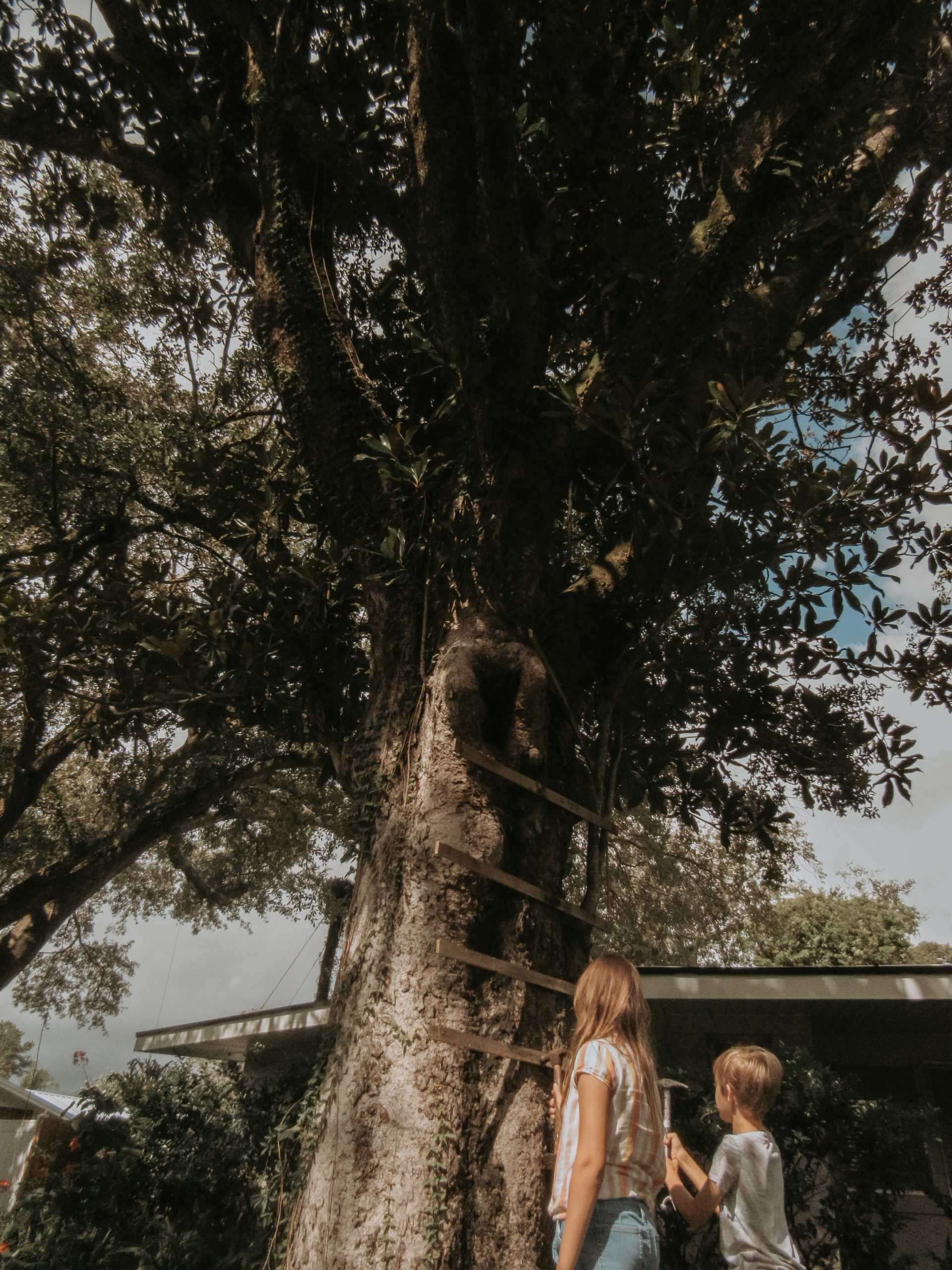
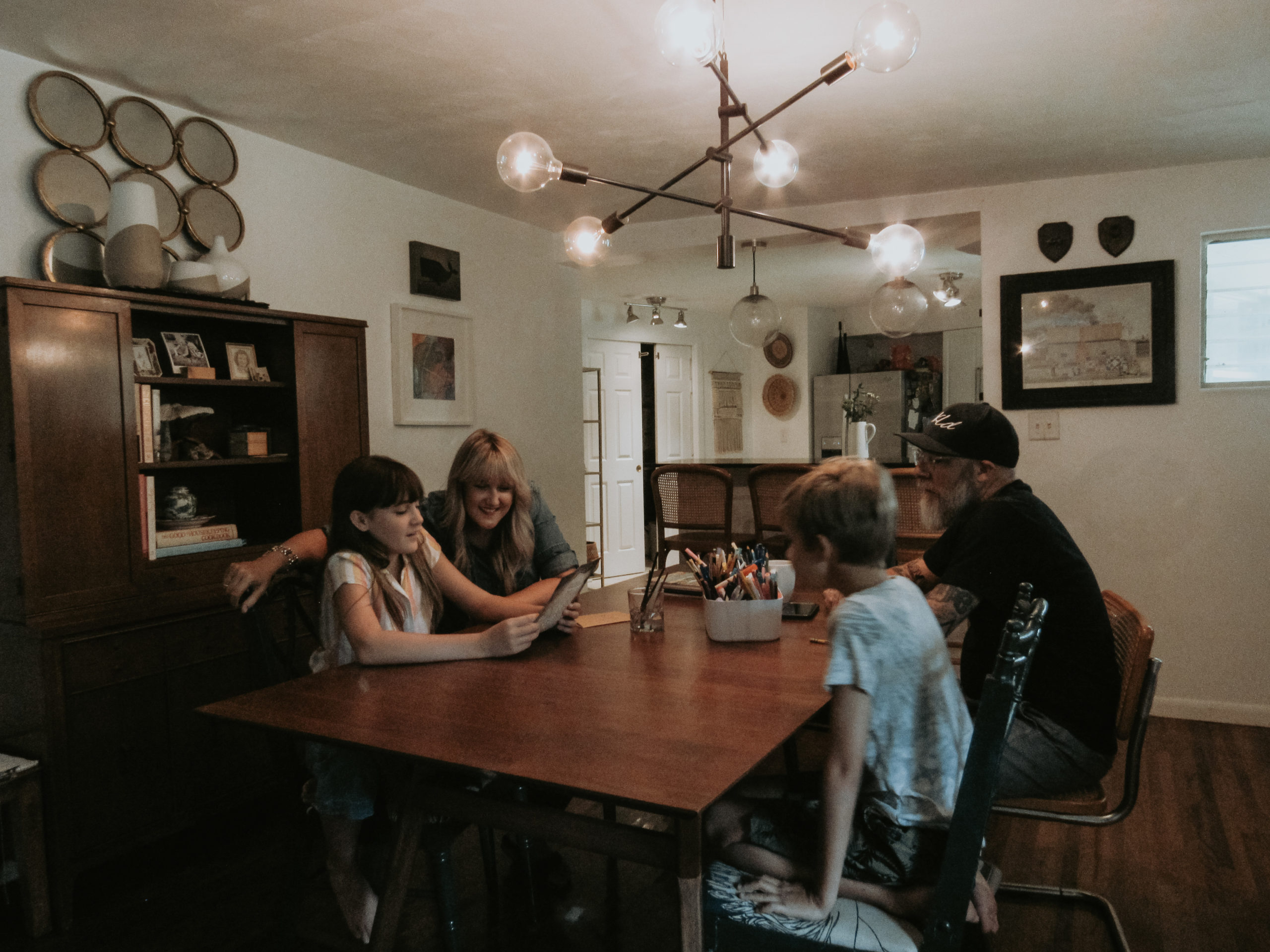
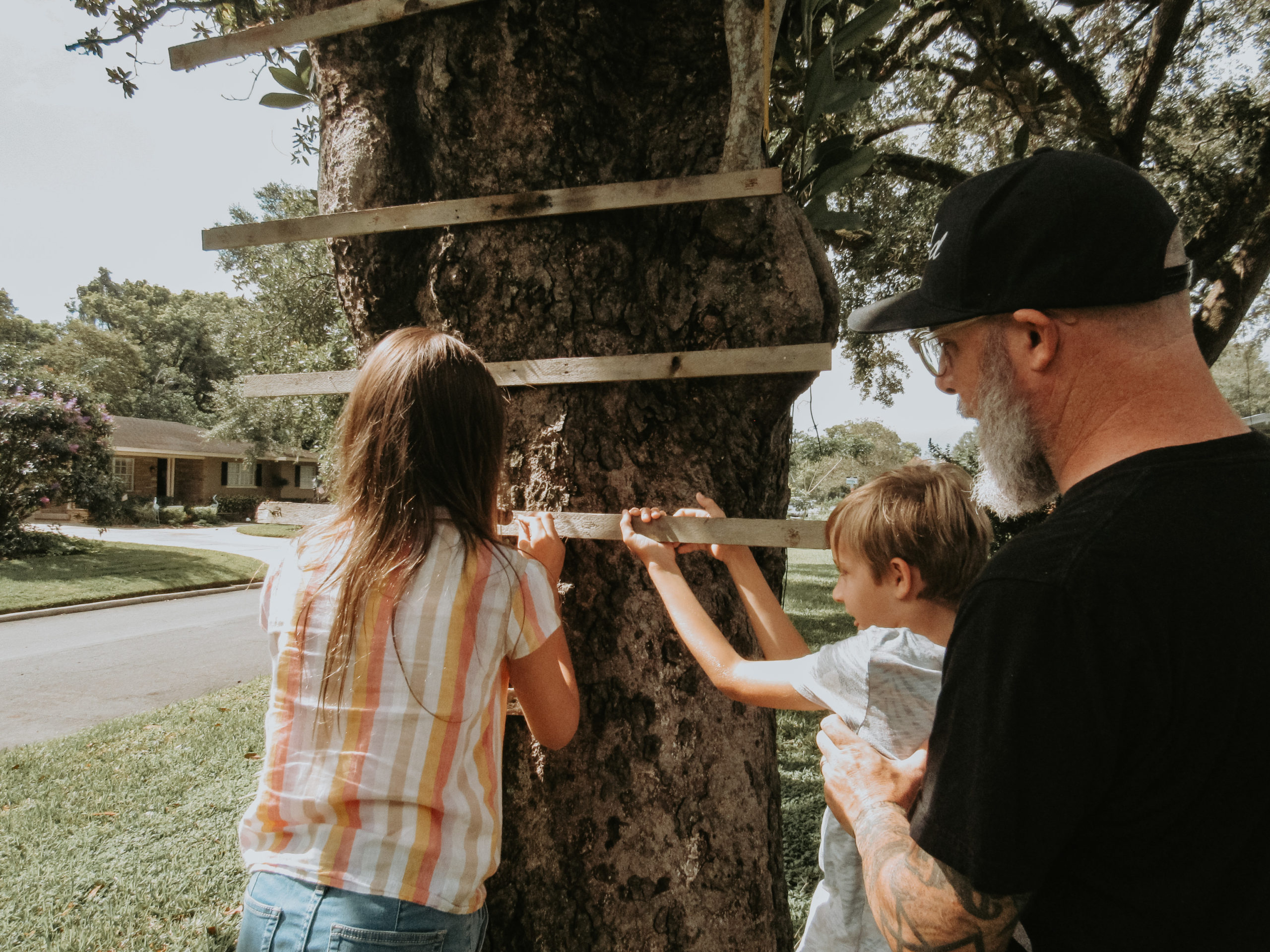
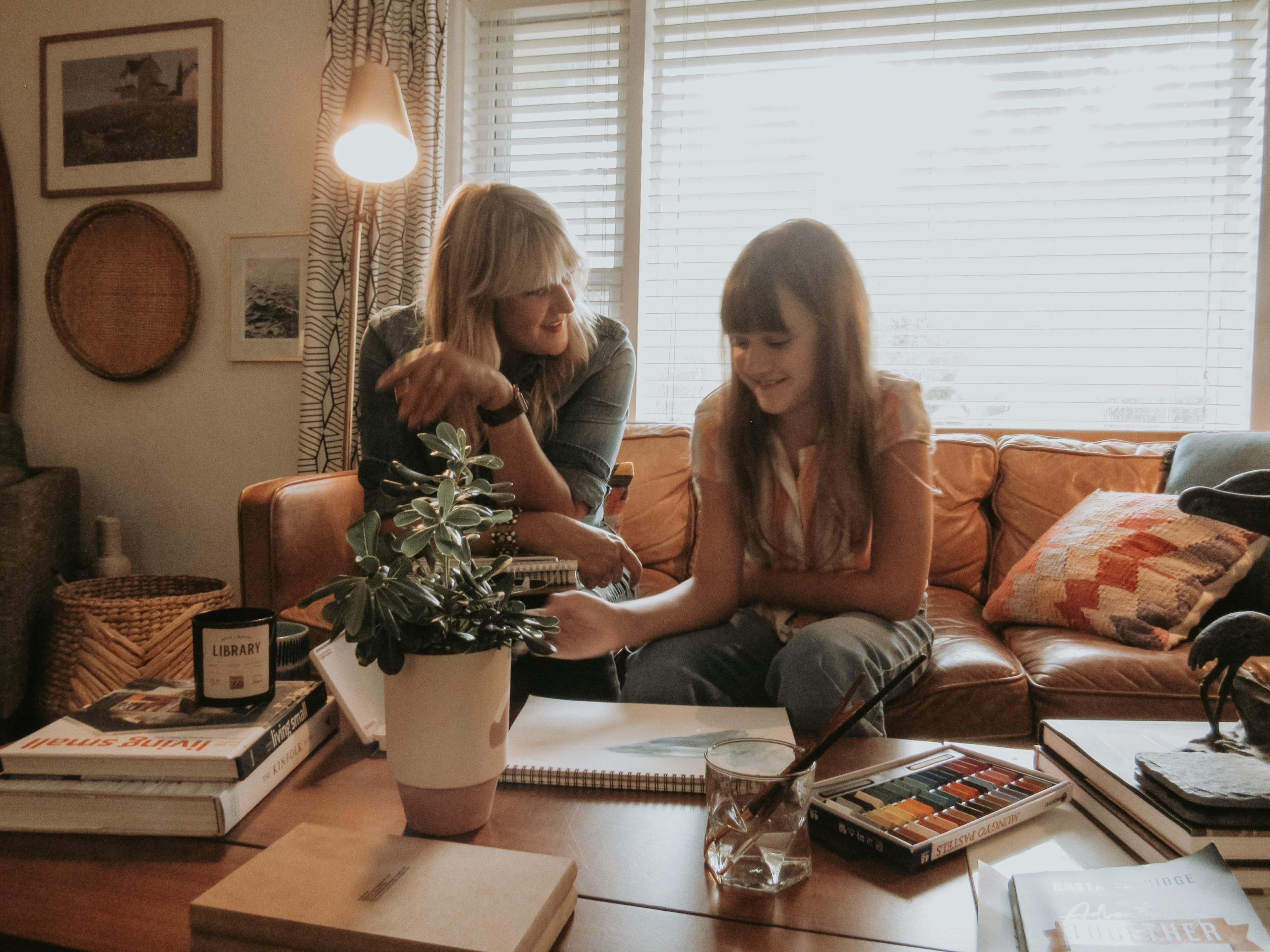
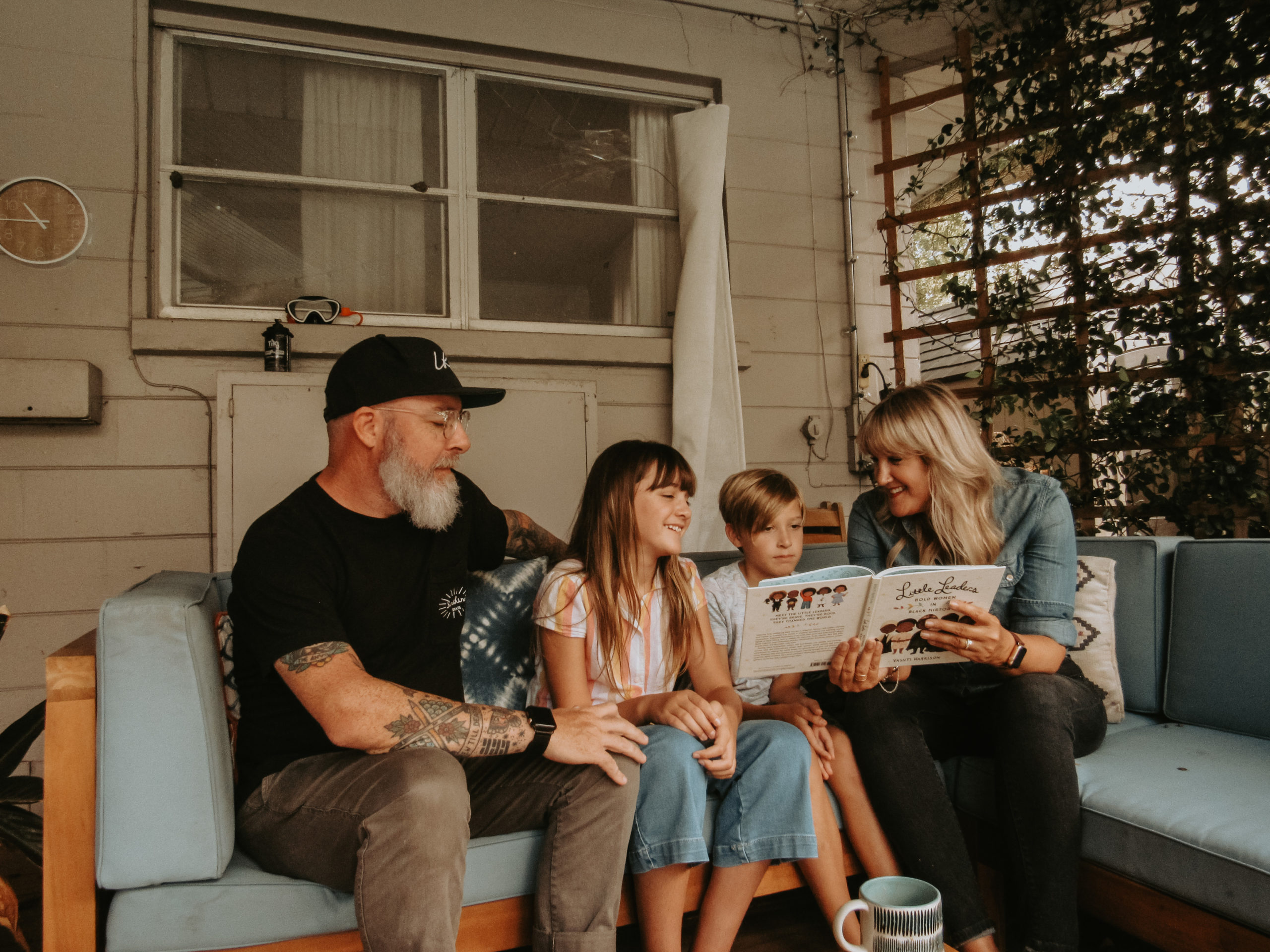
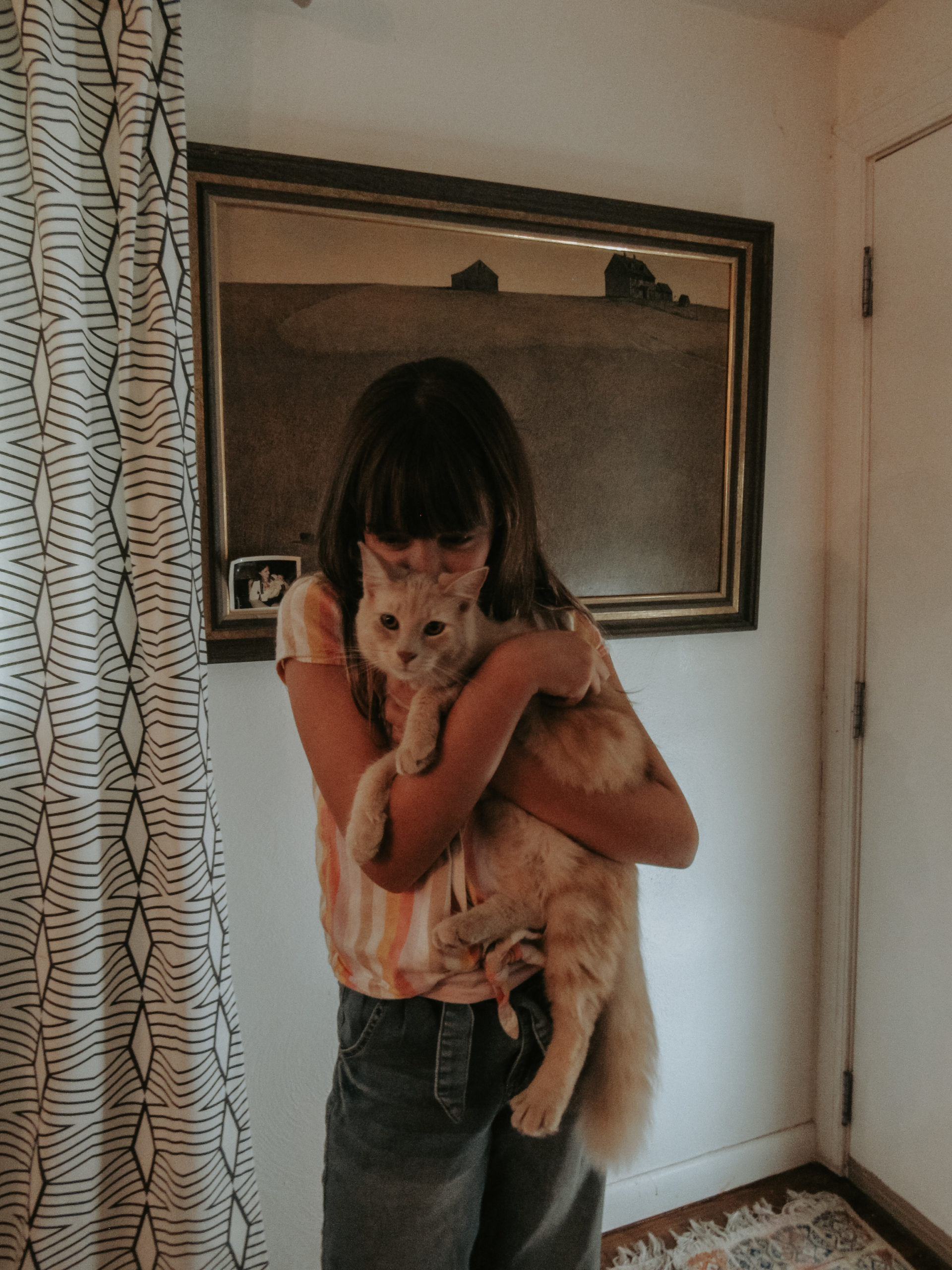
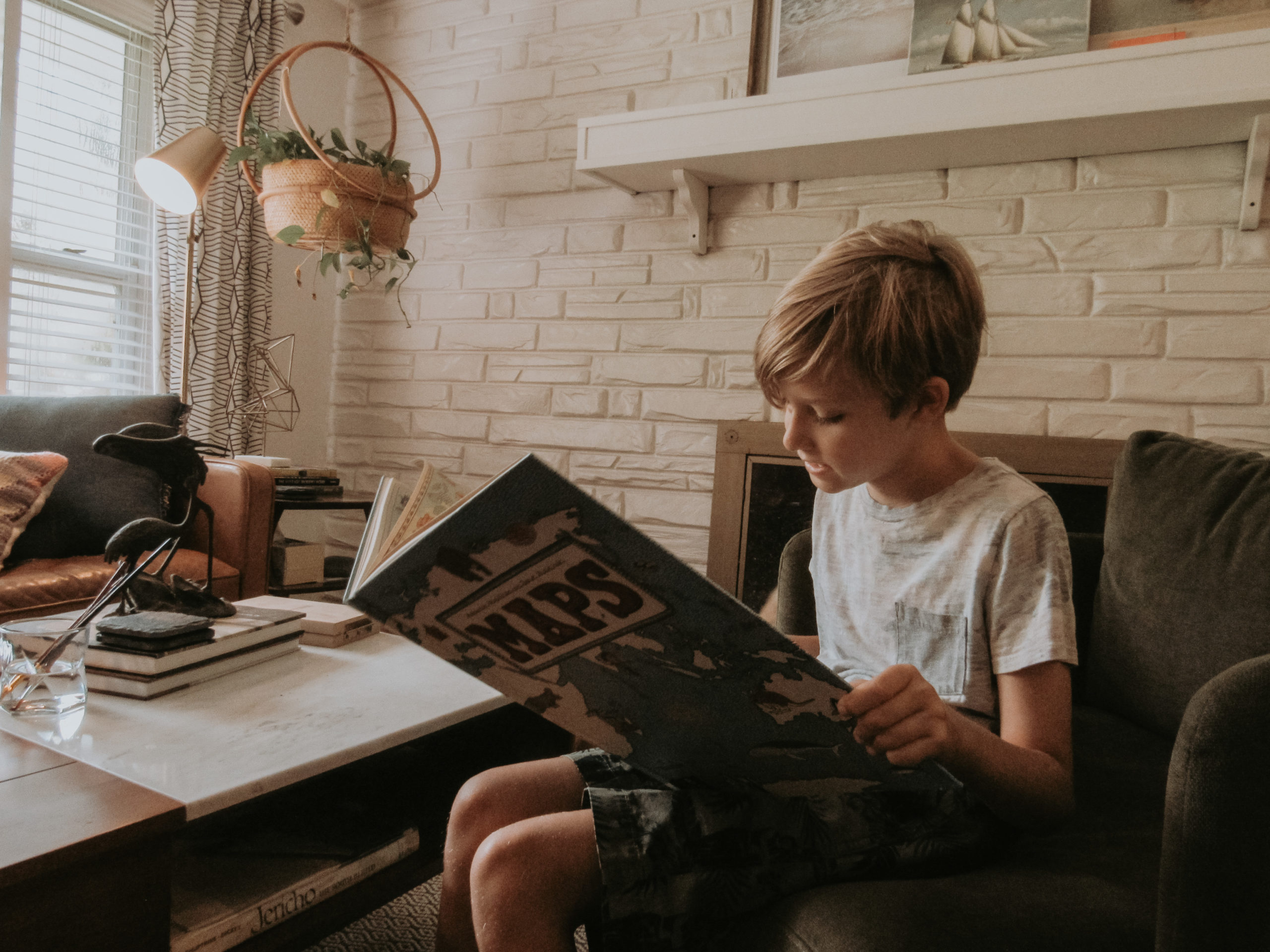
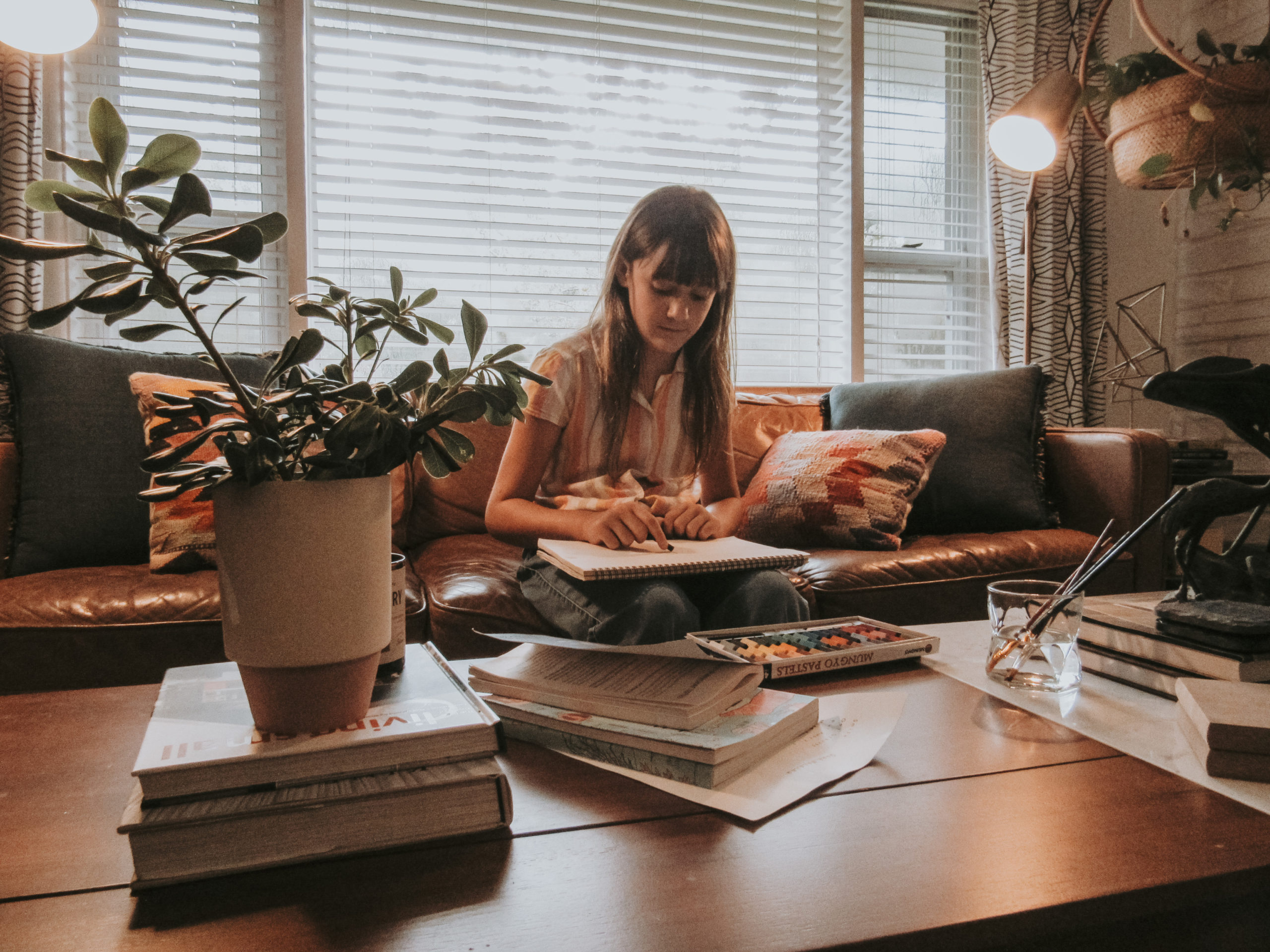
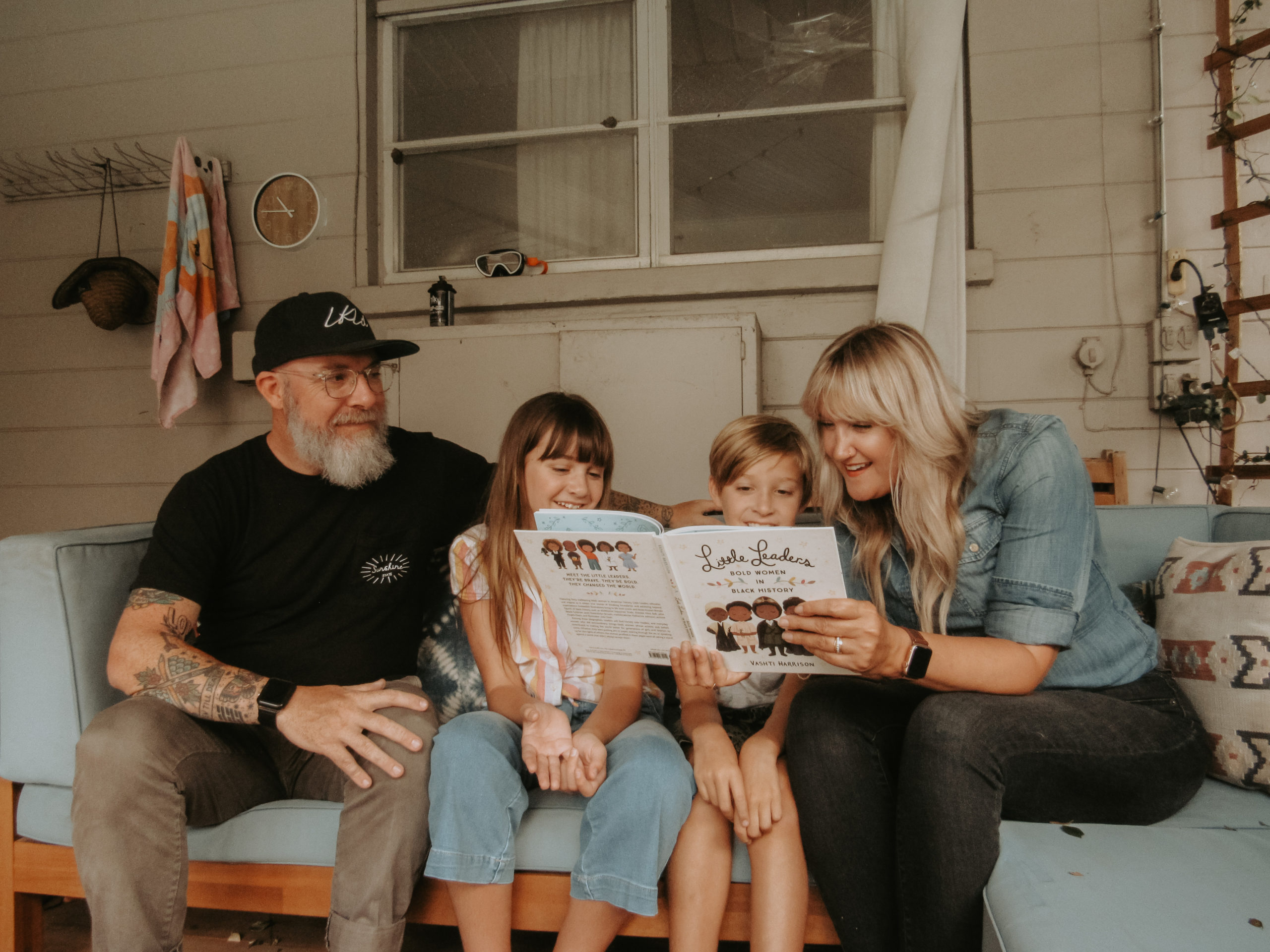
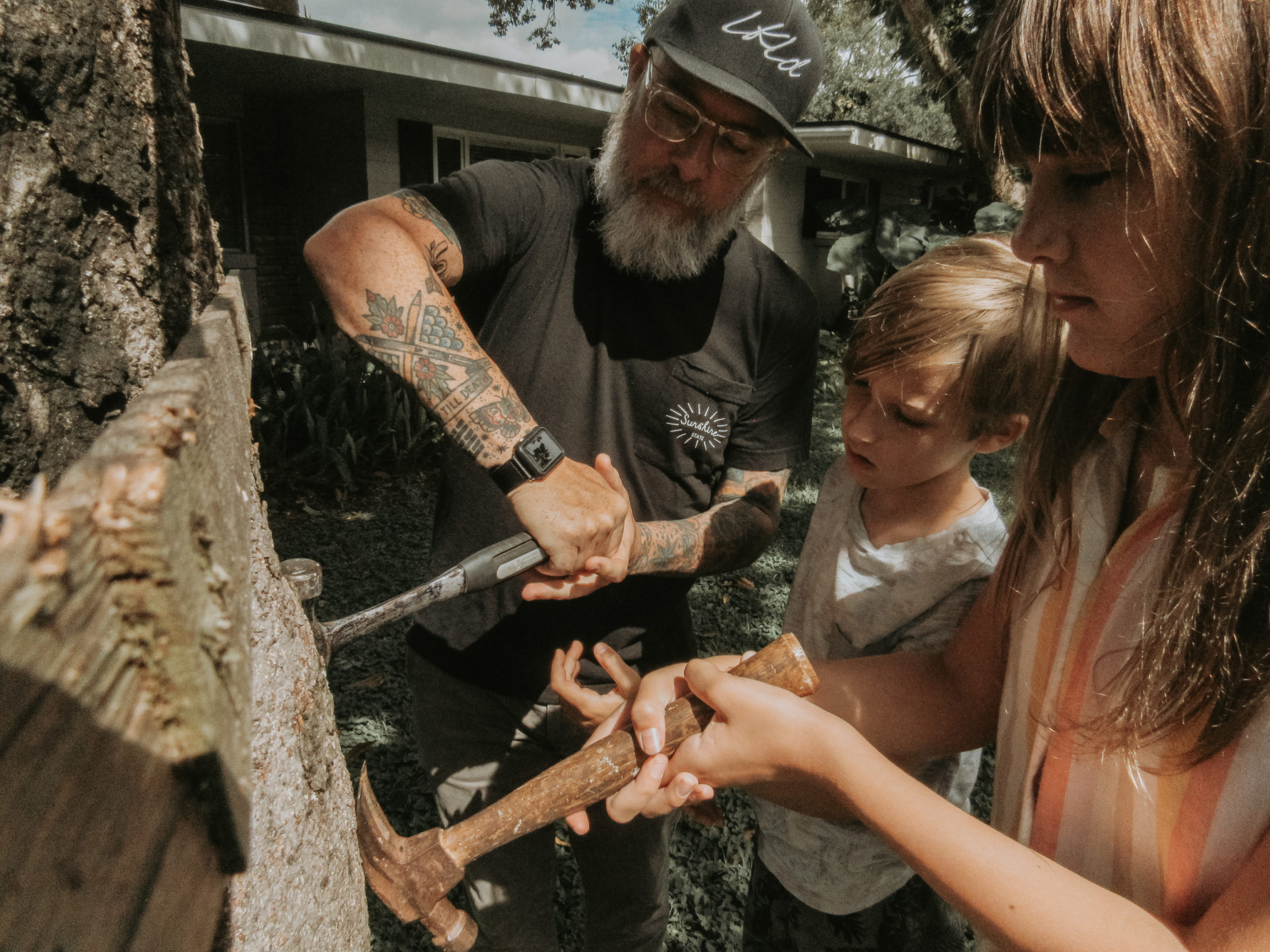

Comments